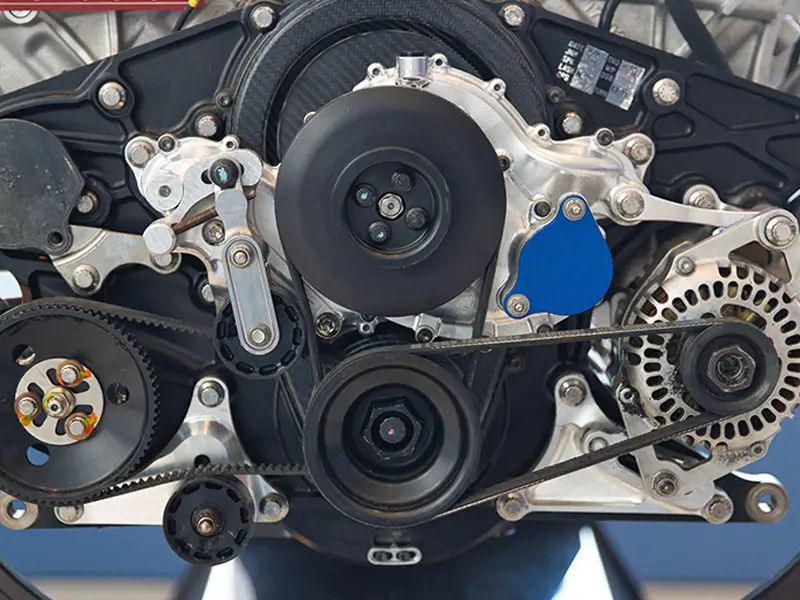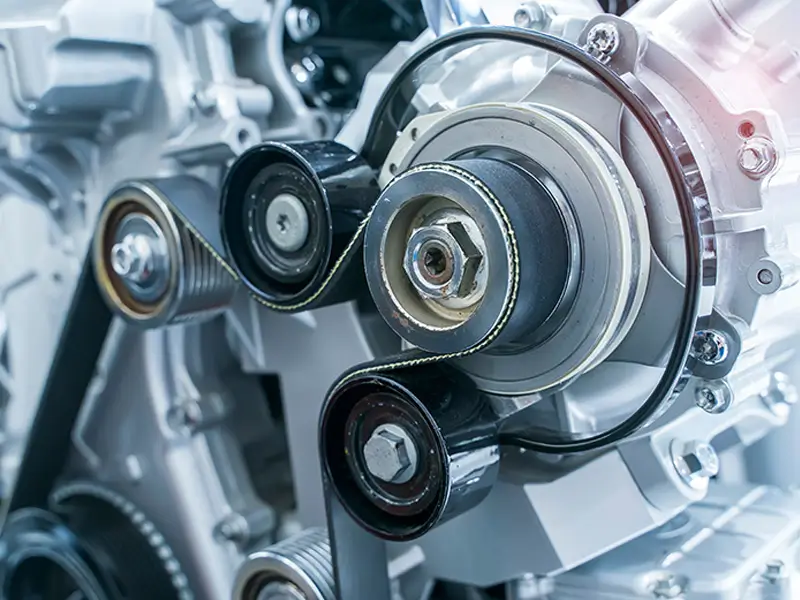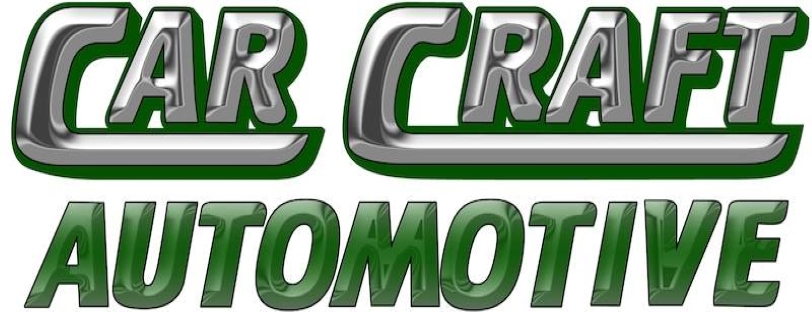Engine Belts & Hoses
Count On Car Craft Automotive’s Expert Diagnostics
If your car or truck is running smoothly, then your engine belts and hoses may never even come to mind! But when they fail the situation turns bad fast. For your vehicle to properly cool – and for the charging of your engine and air conditioning systems to function – the belts are crucial. V-shaped belts or Serpentine belts keep the power steering, air-conditioner compressor, water pump and alternator turning.

Car Craft Recommends Inspecting Your Engine’s Hoses and Belts Regularly – What’s Included

What Is The Automotive Timing Belt?
This belt is constructed out of a specific combination of rubber which is made to operate in the very hot area that is your engine. Although durable, there does come a point when they become worn out or snap. If this occurs while you are driving, let’s say on a highway, you can be left stranded.
The timing belt is vital to the operation and performance of your engine. The timing belt does just that, time, if there is damage or stretching to the timing belt, your engine is at risk of serious damage in the event of a belt failure. It is highly recommended that once your engine reaches 160,000 km, you replace the timing belt. Every 15,000 km your engine belt should be inspected.
Everyday use causes the timing belts to become worn out and if the engine is strained more than it should be due to wet weather or pulling a trailer then this will happen even quicker. When inspecting your timing belt, the technician will look for edges that are worn out and where you can see the filaments, any form of cracking on either side, surfaces that are shiny or glazing; this is a symptom of flexibility being lost on the belt and means it is easier for it to break.
When inspecting the timing belt, a technician will also look for a collection of materials as when the timing belt begins to wear out there can be a buildup of debris on the rib cross-sections, noise and unwanted vibrations can come from this. Stretching or elongation reduces the amount of tension placed on the belt and lowers the needed power being transferred to the accessories.
What Do Engine Hoses Do?
An engine hose is made to carry liquids. If the hose to the radiator is cracked or broken, then you could begin to leak coolant, and your engine would rapidly overheat. If your engine overheats you cannot drive your vehicle. All it takes to determine whether your vehicle’s belts or hoses need to be replaced before they fail on you, is a quick inspection.
Car Craft Scheduled Maintenance Can Save You Time and Money
Our certified mechanics will inspect your vehicle, and this includes looking for cracks, worn down ribbing or brittle rubber. It is important to prevent having an uncomfortable or even dangerous breakdown, by having your engine belts and hoses inspected. This simple inspection could save you from getting an overheated engine, which is not only time consuming but also inconvenient and expensive to repair.
Timing is everything, especially when dealing with the performance of your automobile or truck! Call us for an inspection today!
Schedule Your Appointment at Car Craft Automotive Today
Doing a brake flush can keep your brakes functioning reliably and safely. It will ultimately help you save time and money from having to replace damaged parts.
